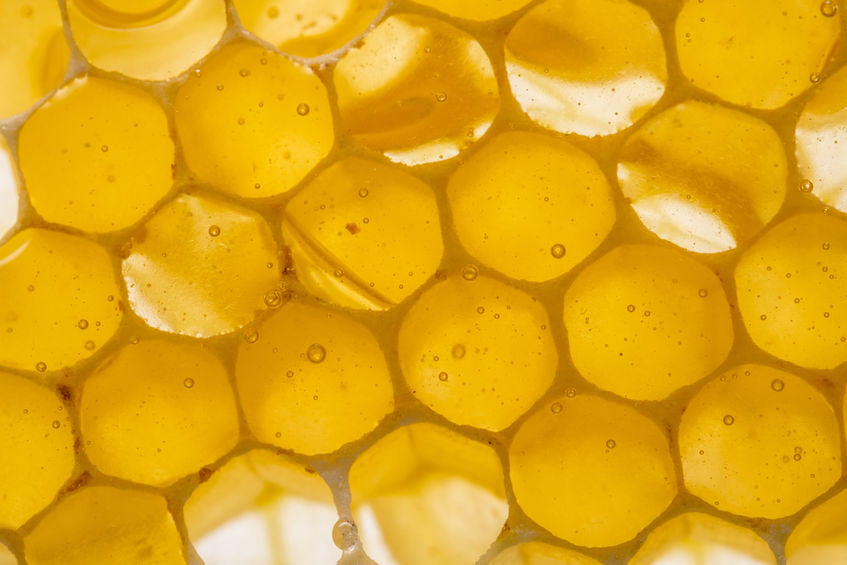A beekeeper should be able to explain this in great detail to all listeners, in spite of the science involved.
Here goes: If you are a NON scientist, the word SUGAR means that white stuff in the bowl that you put in your coffee. Table sugar is the polysaccharide, SUCROSE. When you eat sugar, your body has the enzyme, INVERTASE, which chemically breaks down SUCROSE into two simple saccharides (sugars), named FRUCTOSE and GLUCOSE, which your doctor calls “blood sugars” when you get your blood examination.
JL -This means that if you are diabetic, like 30% of Fji, honey is on the do-not-eat list, just as is sugar. J
Now let us go back to the bee:
JL – Please note that the following mentioned plants are not in Fiji but the concepts will apply to Fiji nectar sources.
The black locust is in bloom, and the odor of its NECTAR attracts the bee to the flower. She gathers this nectar (about 80% water and 20% SUCROSE) into her honey stomach and flies back to her hive. On the way back home, the bee injects the enzyme INVERTASE into the nectar, which begins the ripening process of the nectar into honey.
The SUCROSE is broken down into two simple sugars, FRUCTOSE and GLUCOSE, the relative percentage of the two is dependent on the tree that made the original nectar. At room temperature, FRUCTOSE is a liquid and GLUCOSE is a solid, so if the nectar source was heavily oriented towards FRUCTOSE (like black locust) the resulting honey will be slow to crystallize in the jar “to sugar”.
In contrast, suppose the original nectar came from the goldenrod bush and its nectar is oriented towards GLUCOSE, the resulting honey will rapidly crystallize in the jar “to sugar”.
All one has to do to restore this crystallized honey to liquid honey is just gently, slowly, warm it to a temperature of about 100° (40 – 50°C, JL), and you are back to pure wonderful honey again. The difference in honey flavors and colors are due to the microscopic amounts of other chemicals secreted by each nectar source when the bees gathered the nectar.
Hence, honey made from buckwheat is of STRONG FLAVOR (like molasses) and is almost black in color whereas locust honey is very mild, very sweet, and almost water white in color. Yet both of these might share the same relative percentage of FRUCTOSE and GLUCOSE which are the sugars that control the speed of crystallization. You know how just a few grains of salt can totally change the taste of steak.
It just takes a minuscule amount of these “other chemicals in nectar” to make the resulting honey mild or strong, colorless or dark. Contrary to what you may have heard, dark honey is not “old” honey, or “bad” honey.
In fact the great majority of real honey eaters much prefer dark honeys to the mild, light colored honeys. Now, you can expertly inform people HOW honey is made!

